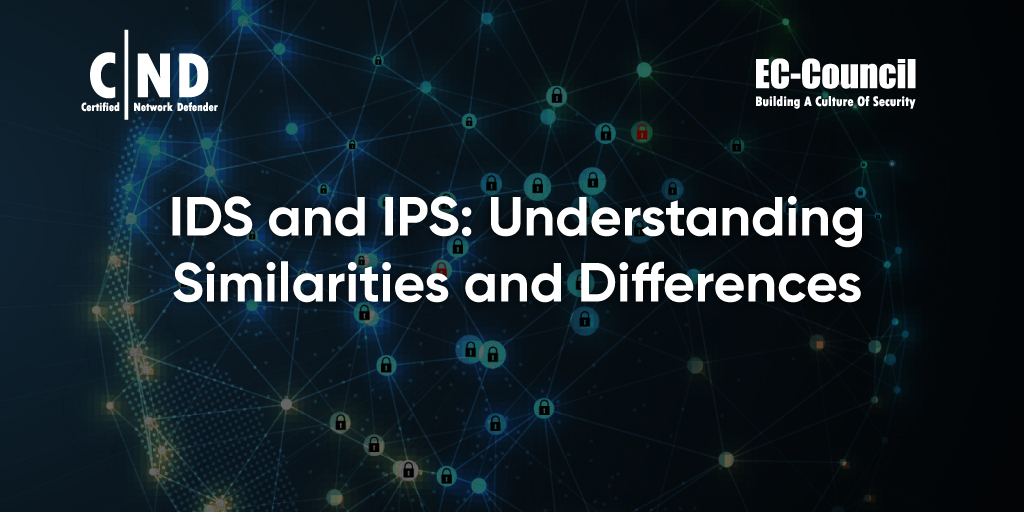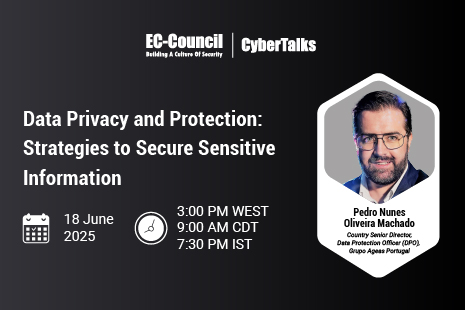IDS and IPS are crucial network security technologies often confused or used interchangeably. So, what’s the difference between IDS and IPS, and which one is the best choice for your organizational needs?
What Is IDS (Intrusion Detection System)?
An intrusion detection system (IDS) is a cybersecurity solution that monitors network traffic and events for suspicious behavior. IDS security systems aim to detect intrusions and security breaches so that organizations can swiftly respond to potential threats.
The types of IDS include:
- Network-based: A network-based IDS (NIDS) is deployed at strategic points within a computer network, examining incoming and outgoing traffic. It focuses on monitoring network protocols, traffic patterns, and packet headers.
- Host-based: A host-based IDS (HIDS) is installed on individual machines or servers within an IT environment. It focuses on monitoring system logs and files to detect events such as unauthorized access attempts and abnormal changes to the system.
- Hybrid: A hybrid IDS combines both network-based and host-based approaches. This type of IDS provides a more complete view of events within the IT ecosystem.
IDS tools work by analyzing network packets and comparing them with known attack signatures or behavioral patterns. If the IDS believes that it has identified an intruder, it sends an alert to system administrators or security teams. These alerts contain detailed information about the detected activity, letting employees quickly investigate and react. IDS plays a vital role in maintaining the security and integrity of computer networks and systems.
The benefits of IDS include:
- Early threat detection: IDS tools can proactively defend against cyberattacks by detecting potential threats at an early stage of the intrusion.
- Greater visibility: IDS solutions enhance organizations’ visibility into their IT environment, helping security teams respond to attacks more quickly and effectively.
The limitations of IDS include:
- False positives and false negatives: IDS tools aren’t perfect; they can generate both false positives (labeling benign events as threats) and false negatives (failing to detect real threats).
- Inability to prevent attacks: IDS solutions can detect attacks once they occur, but they are unable to prevent them from occurring in the first place.
What Is IPS (Intrusion Prevention System)?
What is IPS in networking, and how does it differ from IDS? An intrusion prevention system (IPS) is a cybersecurity solution that builds on the capabilities of IDS. IPS cyber security tools cannot only detect potential intrusions but also actively prevent and mitigate them.
As with IDS, the types of IPS include:
- Network-based: A network-based IPS (NIPS) is deployed at strategic points within a computer network, often at network gateways. It can protect the organization’s entire network, including multiple connected hosts and devices.
- Host-based: A host-based IPS (HIPS) is deployed on a specific machine or server, offering protection to a single host. It monitors system activities and can take actions to block or limit access to system resources.
- Hybrid: A hybrid IPS combines both network-based and host-based approaches. For example, a hybrid IPS may be primarily network-based but also include features for protecting individual hosts.
The benefits of IPS include:
- Real-time threat prevention: IPS can block or mitigate identified threats in real time, providing 24/7 automated protection for IT environments.
- Enhanced network defense: Unlike IDS tools, IPS systems are able not only to detect threats but take action to defend against them by blocking malicious and suspicious traffic.
The limitations of IPS include:
- Performance impact: IPS tools must examine all incoming and outgoing traffic, which can introduce latency and slow down network performance.
- Frequent updates: For maximum effectiveness, IPS solutions need to be regularly updated with the latest information about threat signatures, which can require significant time investment and expertise.
Differences Between IDS and IPS
Now that we’ve discussed IDS and IPS definitions, what can we say about IDS vs. IPS?
The main difference between IDS and IPS is that while IDS tools are only capable of detecting intrusions, IPS tools can actively prevent them as well. This basic distinction has several important repercussions for the question of IDS vs. IPS:
- Functionality: IDS tools are restricted to detecting threats, while IPS tools can both detect and prevent them.
- Response: IDS tools send alerts when a threat is detected, while IPS tools can automatically block threats based on predefined security policies or rules.
- Workflow: IDS tools passively monitor data flow, while IPS tools actively inspect network packets and take action to prevent or mitigate threats.
Advances in IDS/IPS Technology
IDS/IPS technology has significantly evolved since it was introduced. Some developments in IDS/IPS solutions include:
- Machine learning and AI: IDS/IPS tools can use machine learning and artificial intelligence to enhance their detection capabilities, learning from historical data about cyber threats.
- Behavioral analysis: IDS/IPS tools can use a technique known as behavioral analysis: comparing network traffic or user behavior to a baseline that helps identify anomalies or deviations.
- Cloud-based deployments: With the increasing adoption of cloud computing, many IDS/IPS tools can now be deployed in cloud-based IT environments to make them more flexible and scalable.
IDS/IPS and Regulatory Compliance
Installing IDS and IPS tools may be necessary for organizations to meet regulatory compliance requirements. The use cases of IDS and IPS for regulatory compliance include:
- Threat detection and incident response: IDS and IPS solutions actively monitor network traffic, system logs, and events to detect and defend against security threats.
- Protecting sensitive data: By blocking unauthorized access to confidential information, IDS and IPS are invaluable tools for complying with data privacy standards.
- Logging and reporting: IDS and IPS solutions generate system logs and provide reporting capabilities that companies can use in the event of an external audit.
Many data privacy and security regulations explicitly or implicitly require organizations to implement IDS and IPS tools. For example, PCI DSS is a security standard for businesses that handle payment card information. According to PCI DSS Requirement 11.4, companies must “use network intrusion detection and/or intrusion prevention techniques to detect and/or prevent intrusions into the network.”
The GDPR (General Data Protection Regulation) is another regulation that may require IDS/IPS solutions. The GDPR is a law in the European Union that safeguards the privacy of citizens’ personal data. According to the GDPR, businesses must take “appropriate technical and organizational measures” to protect this data against breaches and unauthorized access, which could include deploying an IDS/IPS.
Misconceptions About IDS/IPS
Despite the widespread use of IDS and IPS solutions, there are some common misconceptions such as:
- Total prevention: IDS and IPS tools cannot offer 100 percent protection against a cyber attacks. They can only detect suspicious activity based on predefined rules and signatures, which limits them to known attack patterns.
- No other defenses required: IDS and IPS solutions can be highly effective, but they are only one piece of the cybersecurity puzzle, along with tools such as firewalls and antimalware software.
- Only useful for large enterprises: IDS/IPS technology is effective for businesses of all sizes and industries, from tiny startups to huge multinational firms.
How the C|ND Certification Can Help With IDS/IPS
IDS/IPS solutions are a crucial technology for bolstering organizations’ cybersecurity. IT security professionals should be familiar with deploying and using IDS and IPS tools for network defense.
Are you interested in a career in network security? EC-Council’s C|ND (Certified Network Defender) program teaches students how to predict, detect, and respond to cyber threats. The C|ND course is the only certification 100 percent focused on network security and defense of digital assets. With the C|ND curriculum, you will get a comprehensive understanding and use of IDS/IPS technologies. Learn more about the C|ND program today.
References
PwC. (2022). Managing business risks: PwC. https://www.pwc.com/us/en/library/pulse-survey/managing-business-risks.html
PCI Security Standards Council. (2015). PCI DSS Quick Reference Guide. https://listings.pcisecuritystandards.org/documents/PCIDSS_QRGv3_1.pdf
GDPR. (2023). Art. 32 GDPR – Security of processing – General Data Protection Regulation (GDPR). https://gdpr-info.eu/art-32-gdpr/










